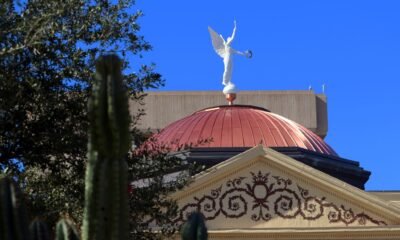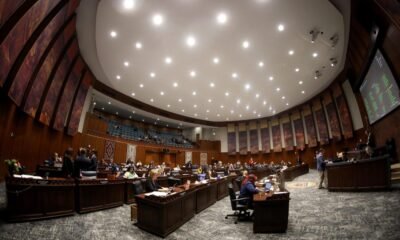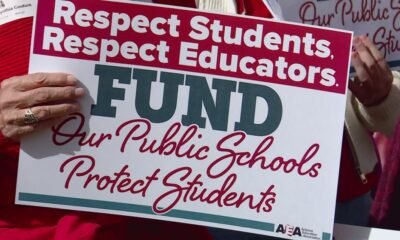Education
Lawmakers and Stakeholders Collaborate on the Next Evolution of Prop 123

The timeline for calling a special election to renew Proposition 123 remains uncertain. With the original measure set to expire at the end of the fiscal year, discussions among stakeholders continue regarding the next steps for school funding. Proposition 123, approved by voters in 2016, increases distributions from the state land trust to K-12 schools.
According to officials from the Secretary of State’s Office, lawmakers must call an election in the first week of the legislative session. This is crucial because county election officials require a minimum of five months’ notice to prepare. However, a senator involved in drafting the new version argues that the legal deadline actually falls in mid-February.
While stakeholders aim for a new iteration of Proposition 123 before the fiscal year concludes, the urgency is somewhat mitigated. The Legislature is obligated to address the estimated $300 million gap in funding that the state land trust will no longer cover starting in July. “It’s not a fiscal cliff,” stated Sen. J.D. Mesnard, R-Chandler, emphasizing that measures are in place to prevent such a scenario.
Despite the desire for prompt action, Mesnard expressed skepticism about the feasibility of an election call in the opening week of the session. “We have a new Legislature; some members aren’t familiar with the issues we’re addressing,” he noted.
State law mandates consolidated election dates. For 2025, the relevant date is May 20. This requires legislation to be passed by February 18, allowing time for its transmission to the governor and the Secretary of State.
Although the initial goal is a special election, there is a possibility that the question may be postponed until the 2026 general election. What form the proposition will take is still an open question. Proposition 123 initially emerged from a settlement requiring base funding for K-12 schools to keep pace with inflation.
The original measure was enacted with slightly over 50% voter approval and raised the distribution rate from 2.5% to 6.9% through fiscal year 2025. As the expiration date approaches, lawmakers have been discussing various options for revising the funding structure.
Republican lawmakers proposed a plan that would backfill the base level for the current appropriation and allocate funds for teacher pay raises. In contrast, Democrats suggested increasing the distribution rate to 8.9%, with funds earmarked for general education, pay raises, and school safety. Efforts to reach a bipartisan solution fell short by the end of the last session.
Since summer, discussions have continued among key stakeholders, including the governor, lawmakers, and education advocacy groups. Meghaen Dell’Artino, a lobbyist with Public Policy Partners, emphasized the need to prioritize funding for educators. “Funding for the long term is essential. If the plan only lasts 10 years, it risks creating unsustainable pay structures,” she warned.
Governor Hobbs remains committed to extending Proposition 123 to ensure adequate funding for public education. His spokesman indicated a special concurrent legislative session could be necessary if it proves productive.
Sen. Mesnard has held listening sessions with a broad range of stakeholders to gather input for the upcoming session. The goal is to ensure widespread support for any new proposals that aim to improve educational outcomes and support for families. However, ongoing contentions regarding funding allocations and who benefits financially from Proposition 123 persist.
Justan Rice, executive director for the Arizona School Boards Association, remarked on the unclear consensus regarding how funds will be allocated—whether strictly to teachers or a broader pool of school staff. Legislative discussions regarding the specific dollar amounts from the state land trust fund remain in the preliminary stages.
Potential legal challenges loom as lawmakers navigate the intricacies of the state land trust fund. Mesnard pointed out the complexity of adhering to federal stipulations regarding the trust, citing concerns about potential litigation. “We recognize the need to tread carefully through these legal mines,” he concluded.


















